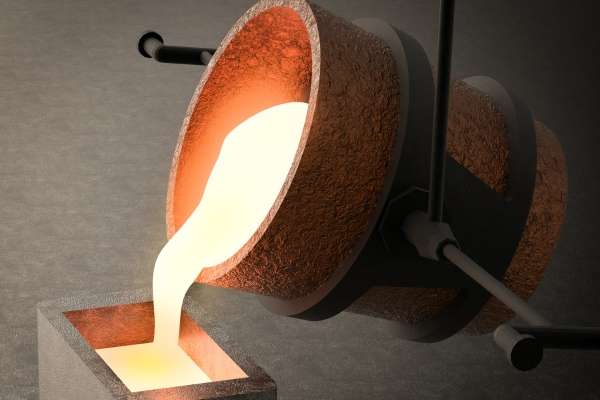
Jul 14,2023
Crucible melting is widely used in various industries but comes with its fair share of challenges. From material selection to thermal management, understanding and addressing these challenges is crucial for efficient and successful melting operations. This comprehensive guide will explore the common challenges faced in crucible melting and provide practical solutions and best practices to overcome them. Whether you are involved in metal casting, glass manufacturing, or other high-temperature processes, this guide will equip you with the knowledge to optimize your melting operations and achieve consistent results.
Choosing the right crucible material is paramount to avoid cracking, contamination, and premature failure. Consider the specific material being melted and its reactivity with different crucible materials. Select a crucible material with appropriate chemical resistance, thermal conductivity, and mechanical strength to ensure optimal performance and longevity.
Crucibles can experience rapid temperature changes during melting, leading to thermal shock. This can cause cracking and deterioration of the crucible. Opt for crucible materials with high thermal shock resistance to withstand thermal cycling and reduce the risk of failure.
Preheating the crucible before melting is essential to eliminate moisture and volatile substances affecting the melting process and product quality. Gradually increase the temperature to the desired operating range to avoid thermal shock and prolong the crucible's lifespan.
A protective coating on the crucible's inner surface can enhance its longevity and prevent metal adhesion. Conditioning involves heating the crucible with a protective coating to form a stable and non-reactive layer, reducing the risk of chemical reactions and contamination.
Accurate temperature control is crucial for achieving the desired melting results. Use reliable temperature measurement techniques and ensure the heating system maintains consistent temperature control. Regularly calibrate temperature sensors and thermocouples to ensure accurate readings.
Uneven heat distribution can lead to inconsistent melting and quality issues. Employ proper heating techniques, such as induction or furnace design, to ensure uniform heat distribution throughout the crucible. Stirring or agitation mechanisms can also help promote heat transfer and maintain temperature uniformity.
In certain melting applications, fluxes are essential to remove impurities and enhance metal quality. Optimize the fluxing process by selecting suitable materials, proper dosing techniques, and maintaining the appropriate flux-to-metal ratio.
Gas entrapped in the melt can cause porosity and other defects in the final product. Implement effective degassing methods, such as vacuum or inert gas purging, to remove dissolved gases and ensure improved metal quality.
Frequent inspection of crucibles is necessary to identify signs of wear, cracks, or degradation. Replace damaged or worn crucibles promptly to prevent potential failures during the melting process. Follow manufacturer guidelines for cleaning and maintenance to extend the crucible's lifespan.
Clean crucibles thoroughly after each use to remove residue and prevent contamination. Utilize appropriate cleaning agents and techniques that are compatible with the crucible material. Avoid abrasive materials that can damage the crucible's surface.
Overcoming the challenges associated with crucible melting requires a combination of proper material selection, preheating, temperature control, fluxing, and maintenance. By implementing the solutions and best practices outlined in this guide, you can optimize your melting operations, enhance product quality, and increase efficiency. Remember to choose a suitable crucible material, preheat and condition the crucible, control melting temperature and heat distribution, employ efficient fluxing and degassing techniques, and maintain regular crucible inspection and cleaning. With these strategies, you can mitigate common challenges and achieve consistent and successful crucible melting operations.